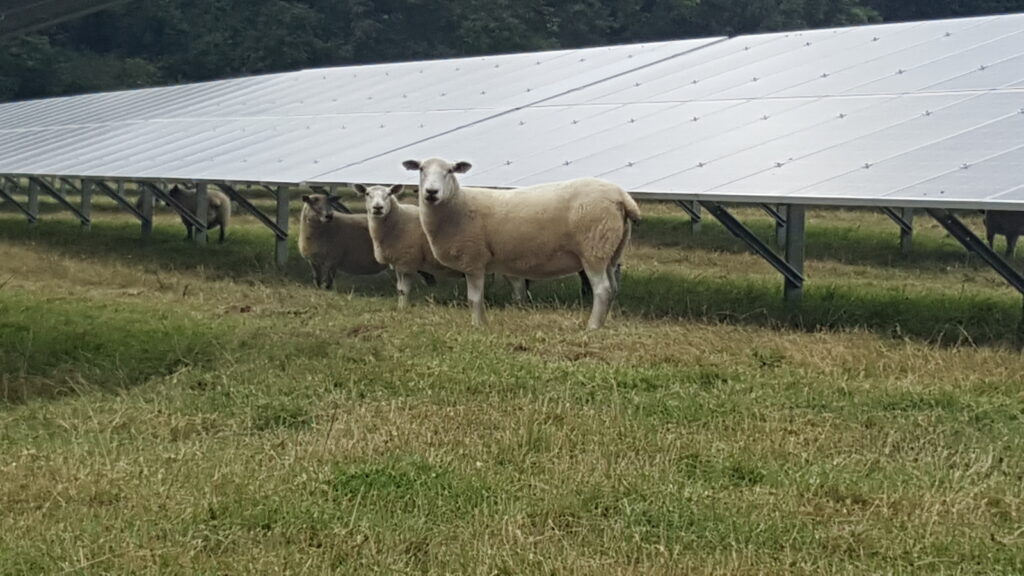Benefits
The proposal will have an export capacity of 25 MW, which is sufficient to power 12,500 homes per annum, which is the equivalent of offsetting approx. 8,000 tons of CO2.
The UK government has confirmed its commitment to sustained growth in solar capacity in order to support the nation’s path to Net Zero by 2050.

Furthermore, it has been confirmed that solar development will be a key tool for low-cost decarbonisation and creating greater energy independence.
The proposals are temporary and would have a 40-year lifespan. Owing to the unintrusive nature of the development, the infrastructure can be efficiently removed, without resulting in a detrimental effect to the soil on site. In this respect, the land can quickly be put back into arable use, having been briefly rested from continual erosion and leeching as part of cultivation.
Additional advantages of the proposed development also include long and short-term job creation during the construction and maintenance phases of the development, the creation of habitats which will result in a net change increase in biodiversity units.
Unlike other forms of development, solar development also provides opportunities for grazing of livestock in parallel to energy generation. Animals, such as sheep, will use solar panels for shade, whilst acting as a natural and cost-efficient solution to maintaining grass across the site.
